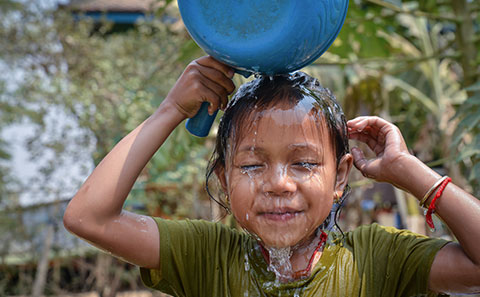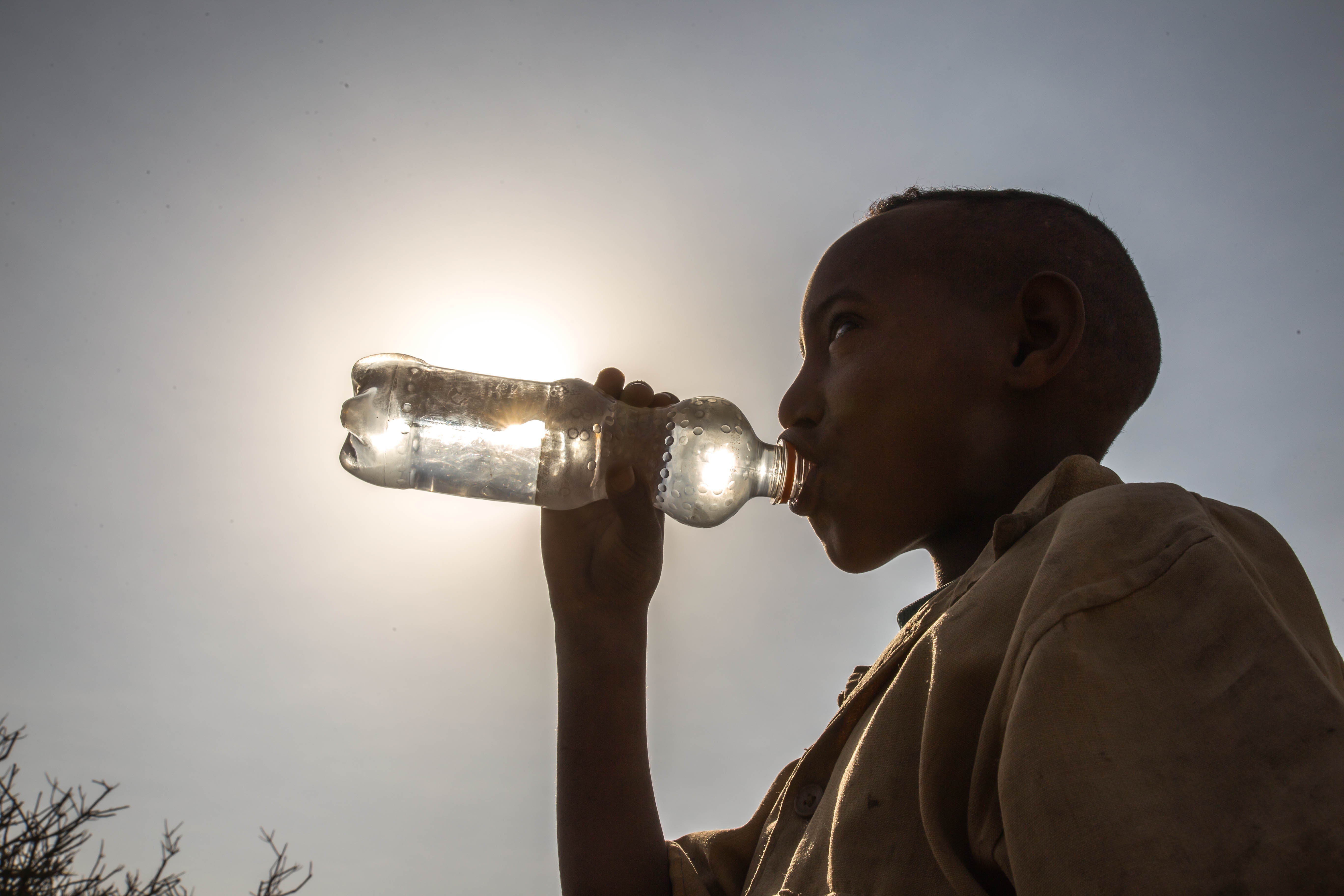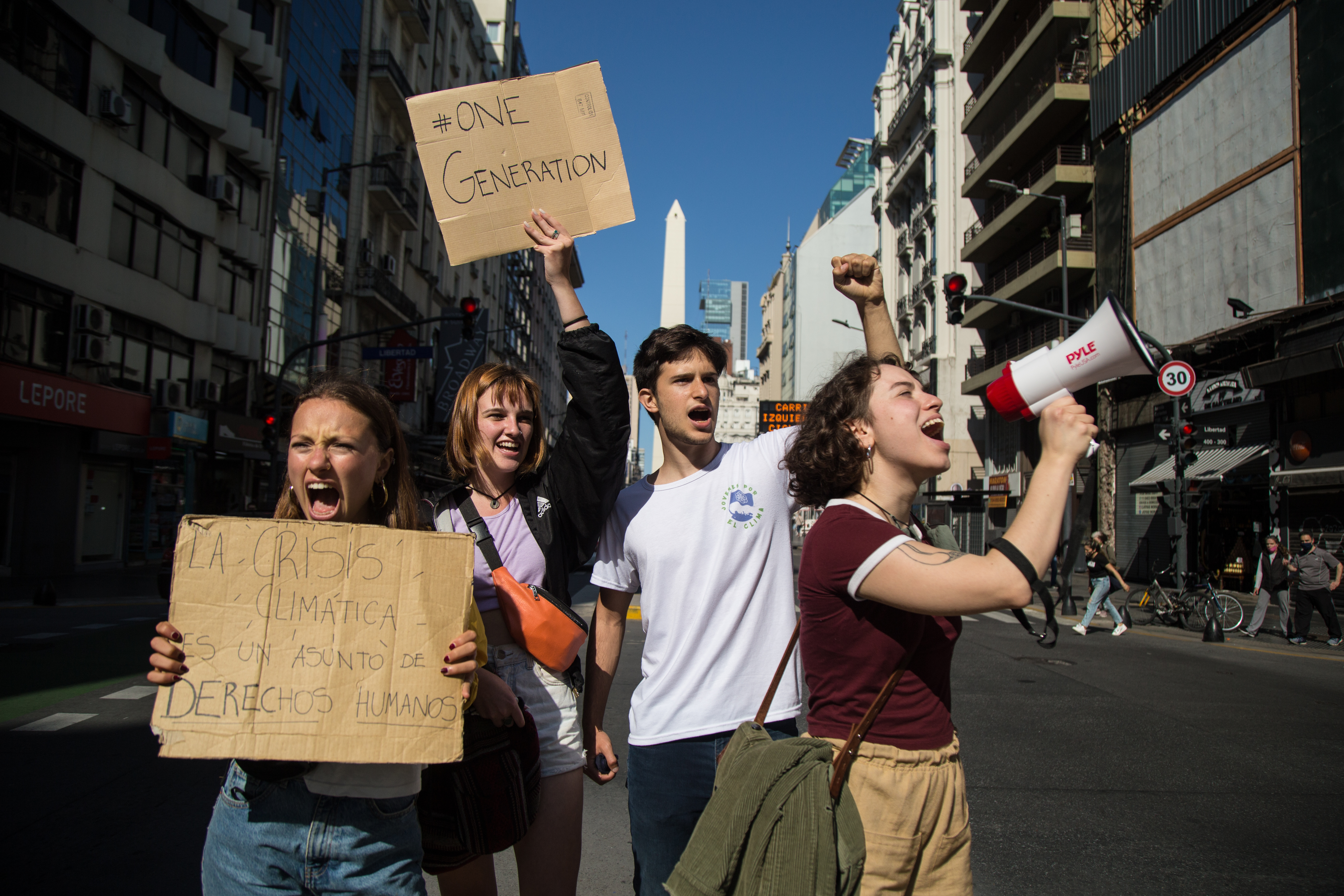Increasing heatwaves will threaten every child, says UNICEF report

A new report by UNICEF, supported by University of Southampton researchers, says 559 million children currently exposed to high heatwaves could rise to all 2.02 billion globally by the year 2050.
The report, produced in collaboration with The Data for Children Collaborative, underscores the urgent need to address the impacts of global heating to future generations and follows on from previous work identifying specific risk to children from climate change (Child Climate Risk Index, UNICEF, 2021).
It comes as world leaders meet to discuss climate action this month at the COP27 conference in Egypt.
Craig Hutton, Professor of Sustainability Science in Geography and Environmental Science and co-author of the report, said: “During our previous work, heatwaves were identified as being a particular issue for children. The team then decided to develop a focus in this area as it was agreed that, with UNICEF, this was a priority for decision makers.”
The work was supported by Duncan Hornby from Geodata, School of Geography and Environmental Science, through the development of both datasets and production of the final maps for the report.

Extreme temperatures
The report estimates that by 2050, all of the world’s 2.02 billion children are expected to be exposed to high heatwave frequency, regardless of whether:
- the world achieves a ‘low greenhouse gas emission scenario with an estimated 1.7 degrees of warming, or;
- a ‘very high greenhouse gas emission scenario’ with an estimated 2.4 degrees of warming.
Catherine Russell, UNICEF Executive Director, said: “The mercury is rising and so are the impacts on children.
“Already, 1 in 3 children live in countries that face extreme high temperatures and almost 1 in 4 children are exposed to high heatwave frequency, and it is only going to get worse.”
The report found that specifically high heatwave duration currently impacts 538 million (23%) of children globally and by 2050 will rise to:
- 1.6 billion at 1.7 degrees warming or;
- 1.9 billion at 2.4 degrees warming.
Professor Hutton said: “Heatwaves are of particular concern for children. They are susceptible to dehydration and heat exhaustion and completely reliant on others for protection. Protection that often fails in the case of child labour and the stresses of migration, for example.
“Despite this we rarely see policy or planning that is specifically addressing child related issues or recognising the lack of agency that children have.”

Children in northern regions, especially Europe, will face the most dramatic increases in high severity heatwaves and nearly half of all children in Africa and Asia will face sustained exposure to extreme high temperatures by 2050.
Currently 23 countries fall into the highest category for child exposure to extreme high temperatures. The report estimates this will rise to 33 countries by 2050 under the low emissions scenario and 36 countries under the very high emissions scenario. Countries such as India, Pakistan and Saudi Arabia are likely to remain in the highest category in both scenarios.
The report follows the publication of The Children’s Climate Risk Index (CCRI) in 2021.
Craig Hutton said: “The 2021 Children’s Climate Risk Index was a first step. It identified that children are not simply small adults and need to be given their own policy context. Children’s experience of climate impacts, and particularly heat waves, needs to be in the mix when we consider adaptation responses to climate change.
“The CDC, of which the University of Southampton is a key member, are now working on downscaling the CCRI in individual countries, to show how child vulnerability to climate impacts is highly variable according to poverty, location and local livelihoods.”
Impact to children’s health
Heatwaves are especially damaging to children, as they are less able to regulate their body temperature compared to adults, with babies and young children being at greater risk of heat-related mortality.
Further exposure to heatwaves can result in children developing health problems such as chronic respiratory conditions, asthma, and cardiovascular diseases.
Heatwaves can also affect children’s environments, their safety, nutrition and access to water, and their education and future livelihood.
“More children will be impacted by longer, hotter and more frequent heatwaves over the next thirty years, threatening their health and wellbeing”, said Catherine.
“How devastating these changes will be depends on the actions we take now.“

Calls for Change
Coinciding with the COP27 conference being held in Egypt, UNICEF is calling on governments to protect children from climate devastation by adapting services available to them and preparing children to live in a climate-changed world.
Catherine Russell said: “At a minimum, governments must urgently limit global heating to 1.5 degrees Celsius and double adaptation funding by 2025.
“This is the only way to save children’s lives and futures – and the future of the planet.”